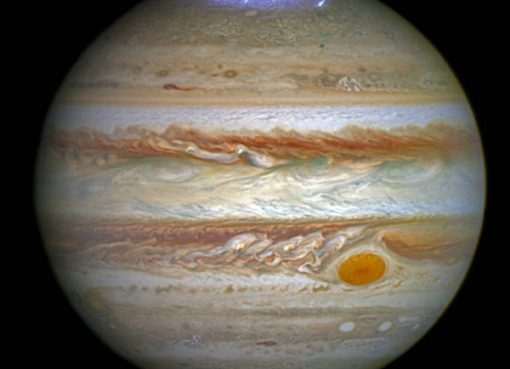Space Wars: it might soon leave the realm of science fiction and become a reality.
Last week, the head of the US’s newest military branch, the Space Force, cautioned publicly for the first time that Moscow had undertaken at least two concerning anti-satellite weapon tests in recent months, in a potential bid to develop on-orbit efficiency that could dangerously hinder the US’s heavy dependency on space-based systems.
On July 15, Russia injected a new object into orbit from Cosmos 2543,” the US Space Force said in a statement. “Russia released this object in proximity to another Russian satellite, (which was) inconsistent with the system’s stated mission as an inspector satellite.”
While Russia’s Defense Ministry dismissed the allegation, it is not the first time the Pentagon has said such an incident occurred.
Gen. John W. “Jay” Raymond, commander of US Space Command and US Space Force chief of space operations, further highlighted that the Russian satellite system used to conduct this on-orbit weapons test is the same onr they “raised concerns about earlier this year when Russia maneuvered near a US government satellite.”
“This is further evidence of Russia’s continuing efforts to develop and test space-based systems and consistent with the Kremlin’s published military doctrine to employ weapons that hold the US and allied space assets at risk,” Raymond continued.
The proclamation that these satellites are part of a space-based anti-satellite weapon system is even more significant given that Cosmos 2542 had moved into a position to shadow a US KH-11 spy satellite, publicly identified only as USA 245, in January, The Drive’s War Zone analysis pointed out.
A month earlier, the USA 245 satellite was forced to move its own orbit to avoid a collision with the notorious 2543, which the US Space Force believes was also trailing the American asset. Then in April this year, Space Force also raised red flags that the Kremlin had conducted testing of an unspecified “direct-ascent anti-satellite missile,” also known as a DS-ASAT, from its Plesetsk base in northern Russia.
“Russia’s DA-ASAT test provides yet another example that the threats to the US and allied space systems are real, serious and growing,” Raymond said in a statement after that incident. “The United States is ready and committed to deterring aggression and defending the nation, our allies and US interests from hostile acts in space.”











